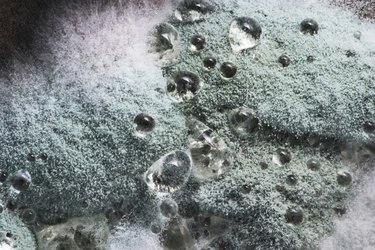
To some extent, mold inside your home can not be avoided. According to the Centers for Disease Control and Prevention, mold is everywhere. It is floating in the air--outdoors and indoors. For those with respiratory problems or those who are sensitive, molds can be the culprit for anything from mild irritation to severe reactions.
Mold in the Home
Video of the Day
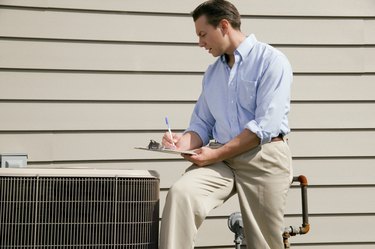
Is it possible to prevent mold from entering your home? Not likely. One of the many ways mold can enter your house is through an air vent or the heating and air conditioning unit.
Video of the Day
Is Mold Present?
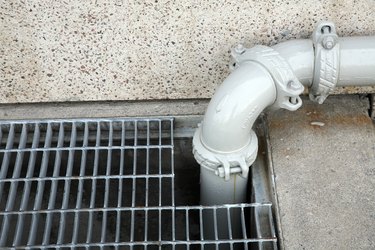
To determine if mold is actually lurking in your vents, take a good look. According to the National Association of Certified Home Inspectors, mold might resemble "a fuzzy, thread-like, cobwebby fungus."
In addition, mold may appears as spots or different colors, and it often has a distinct odor. Take a good look–and a good whiff--at the vent. It is best to go ahead and treat the vent if you see or smell mold, without taking steps to determining exactly what type of mold might be present. According to the CDC, the type of mold isn't important. What is important is to take steps to remove the mold.
Dust is Normal

Air return registers will get dusty as air passes through them, and being dirty is not a sign of mold being present. Removing the vents on a normal basis for cleaning will prevent dusty build-up.
While it is best to clean any visible mold, keep in mind the fact that mold spores are microbial and can not be seen by the human eye.
No Studies
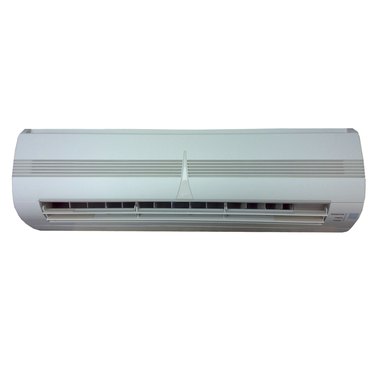
Since mold spores aren't visible, some homeowners consider having the entire duct system of their home cleaned. However, the Environmental Protection Agency does not recommend this procedure for households who are not experiencing respiratory problems. In fact, the EPA states that no studies have proven duct cleaning will prevent health problems.
Time to Clean
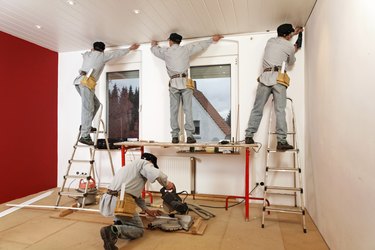
The EPA recommends cleaning your home's air ducts if mold growth is visible in the ducts or on the components of the HVAC system. Other reasons for extensive cleaning include evidence of rodents or insects, and debris being blown from the registers.
Prevention

If you are determined to avoid mold growth in your home's vents, the Environmental Protection Agency says the best form of preventive maintenance is to stay dry. Water and dirt in the HVAC system tends to breed mold spores, which are then released to roam free through the living areas of the home. Symptoms such as allergies might then be irritated by the contaminants.
- Environmental Protection Agency; Should You Have Air Ducts in your Home Cleaned
- Centers for Disease Control and Prevention; Facts about Mold and Dampness; Facts about Mold and Dampness
- International Association of Certified Home Inspectors; Bathroom Ventilation Ducts and Fans
- Environmental Protection Agency
- Centers for Disease Control and Prevention
- International Association of Certified Home Inspectors